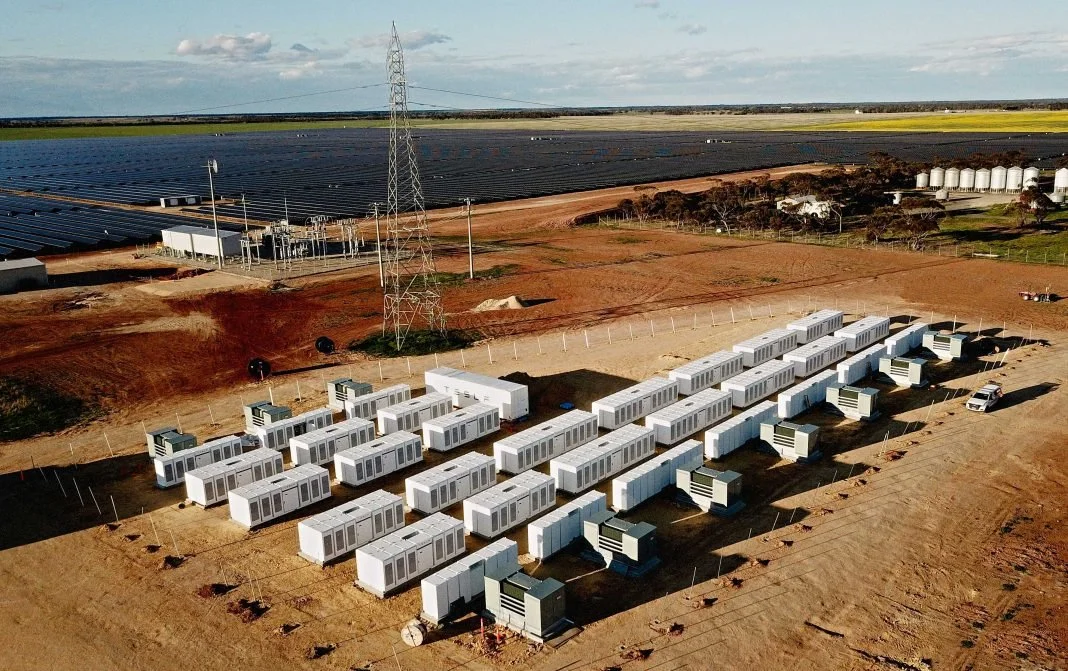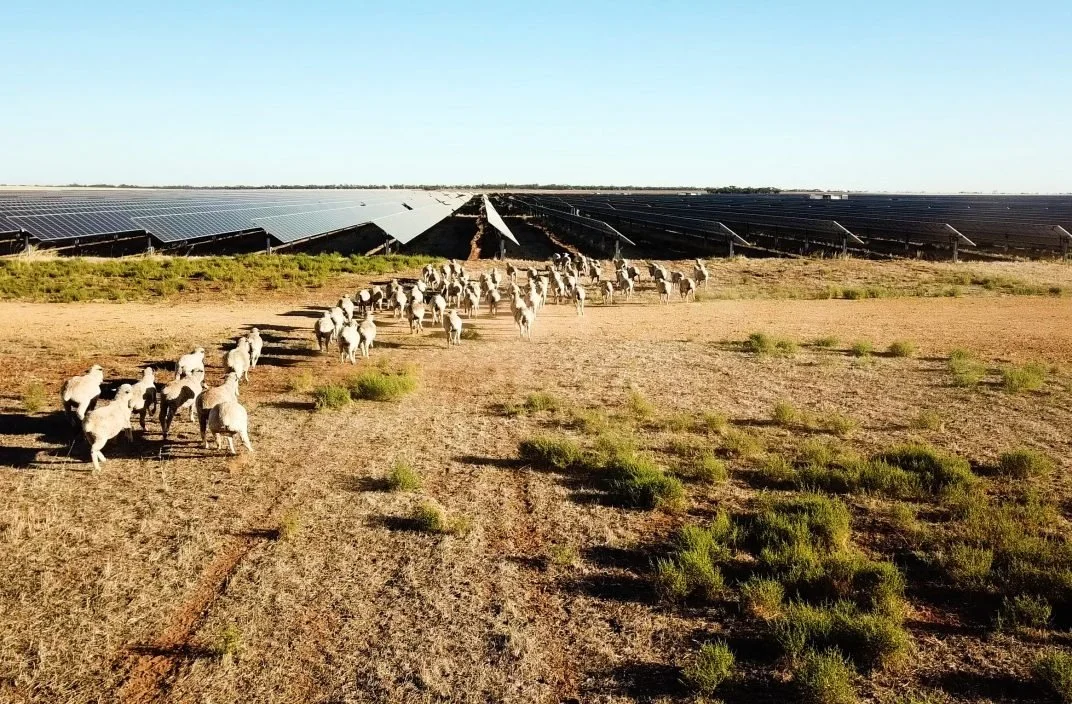First-of-its-kind Battery Project in Australia: The Gannawarra Energy Storage System (GESS)
Image courtesy of Australian Renewable Energy Agency © 2023
In this article, we explore a battery project that started in 2018 and was the first-of-its-kind in Australia: The Gannawarra Energy Storage System. The project demonstrated how an existing solar farm can be retrofitted with battery storage.
The Gannawarra Energy Storage System (goes by the acronym GESS) is a 25/50 megawatt per hour lithium-ion battery, located adjacent to the existing 60 MW Gannawarra Solar Farm west of Kerang in north-western Victoria. It was a $22.73m project funded by ARENA, with a $41.19m total project cost which completed in 30 January 2022.
It was an Australian first:
The first integrated renewables and battery system in Victoria and among the first in Australia;
The first retrofit of a battery to an existing or under-construction solar farm; and
Among the largest integrated renewables and battery systems in the world.
Ahead of Schedule
The Gannawarra Battery Storage System has been commissioned ahead of schedule and registered with AEMO.
In doing so, some unique regulatory and technical issues had to be overcome. Being the very first battery storage system to be retrofitted to an existing solar farm did have its challenges but now, its successful completion paves the way for others to follow.
“Gannawarra is a great example of the technologies that are underpinning development of a new, modern energy system in Australia”, said Energy Australia’s former Managing Director Catherine Tanna when congratulating the Victorian government, ARENA and the project consortia on the early completion of the project.
“Renewable energy is an obvious contributor to filling the gap left by the retirement of coal power plants, but it has to be available when it’s needed, even at cloudy and windless times,” Ms. Tanna said.
“That’s where battery storage comes into its own, with its ability to store wind and solar energy for quick release, keeping the lights on and costs down.”
Power to the People
The battery provides energy for more than 230,000 households for four hours, before needing to be recharged.
Graphic: “What the battery does is basically leverage all the connection infrastructure that’s already there.” EnergyAustralia’s Head of Portfolio Development Daniel Nugent.
“What the battery does is basically leverage all the connection infrastructure that’s already there.”
- Energy Australia’s Head of Portfolio Development Daniel Nugent.
The battery smooths out the output of the existing Gannawarra solar farm, allowing the combined solar and battery system to provide power when there is no sun.
The battery stores energy at times of relatively low value then uses it at times of higher value. The project is also examining providing other grid services such as frequency control ancillary services (FCAS) and, should it be established under the electricity market rules, a Fast Frequency Response (FFR).
GESS demonstrates how large-scale batteries can provide various benefits to our electricity system - including improved grid stability, and power quality, and how we can now integrate even more renewable energy resources into the existing grid.
The Gannawarra project is the largest integrated solar farm and battery project in Australia and among the largest in the world.
Image courtesy of Edify Energy © 2023
300 locals love it
Aside from the 230,000 households being supplied, there are some other locals who have grown fond of this (solar) farm. The flock’s owner, Greg Fowler, wasn’t at all sure about how his 300-merino sheep would cope with the moving solar panels that track the sun at Gannawarra.
"They now have shade all day, whereas if they were in a 300-acre open paddock, they'd be back in the trees during the heat of the day," said Greg.
Patrick Dale, Senior Development and Project Manager at Edify Energy, also pointed out that mowers can sometimes struggle to navigate around the tracking infrastructure on some of the larger solar farms. Mr. Dale said he was aware of five other solar farms that had sheep grazing and that the number was likely to increase.
300 merino sheep graze on the Gannawarra Solar Farm. Image courtesy of PV Magazine © 2023
This project has led to more batteries for Victoria moving forward
Since the start of GESS, the Victorian Government has announced it will help fund two more big batteries to create 2.6GW of new energy storage capacity for the state by 2030. And a huge 6.3GW of energy storage by 2035.
The Andrews government said it would be the biggest energy storage targets in Australia and is part of a $157 million funding package to boost Victoria’s shift towards renewable energy and away from coal.
The new storage targets aim to bring online both short and long-duration energy storage systems – including technologies that can hold more than eight hours of energy – taking in batteries, pumped hydro and hydrogen technologies.




